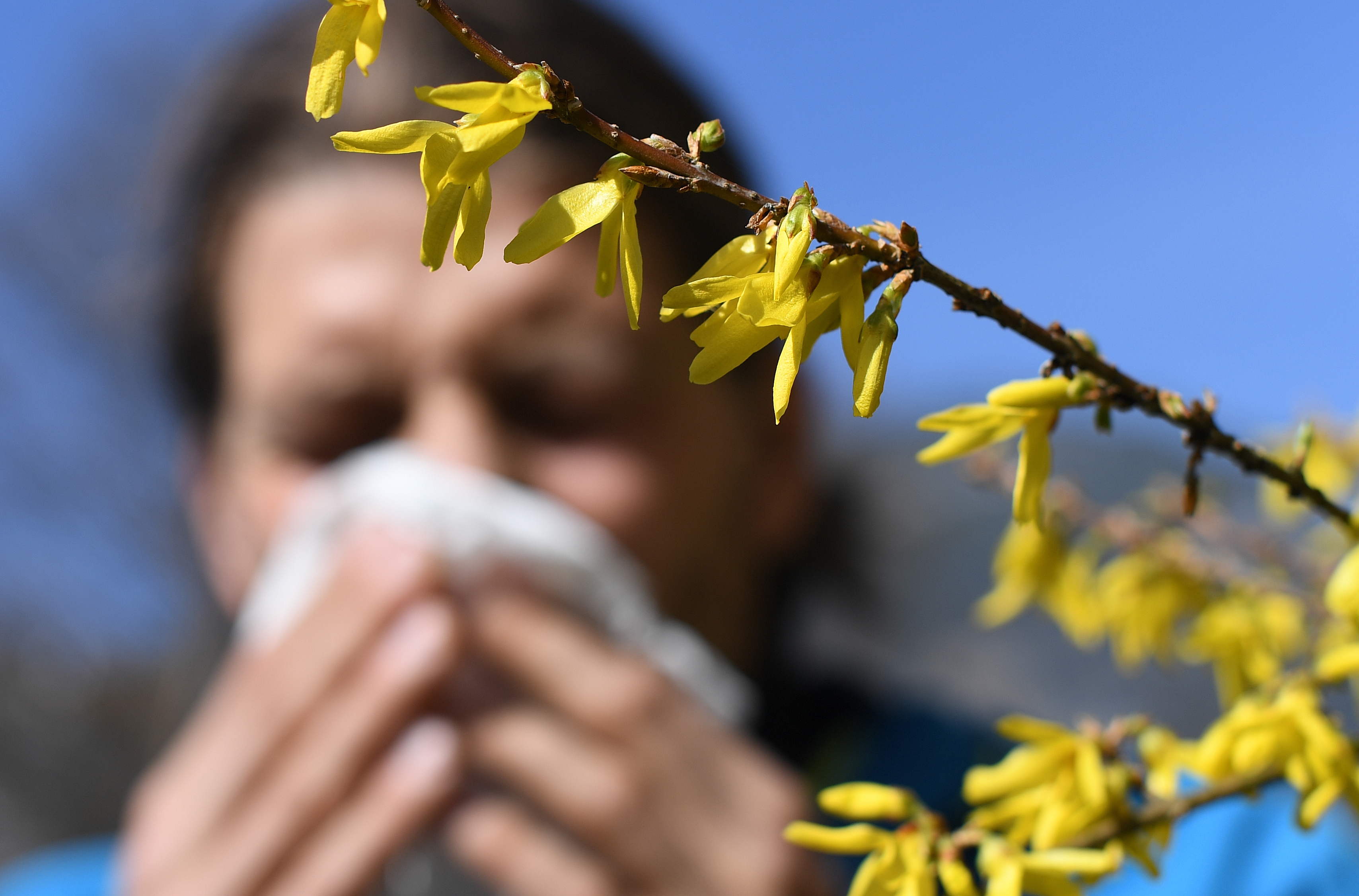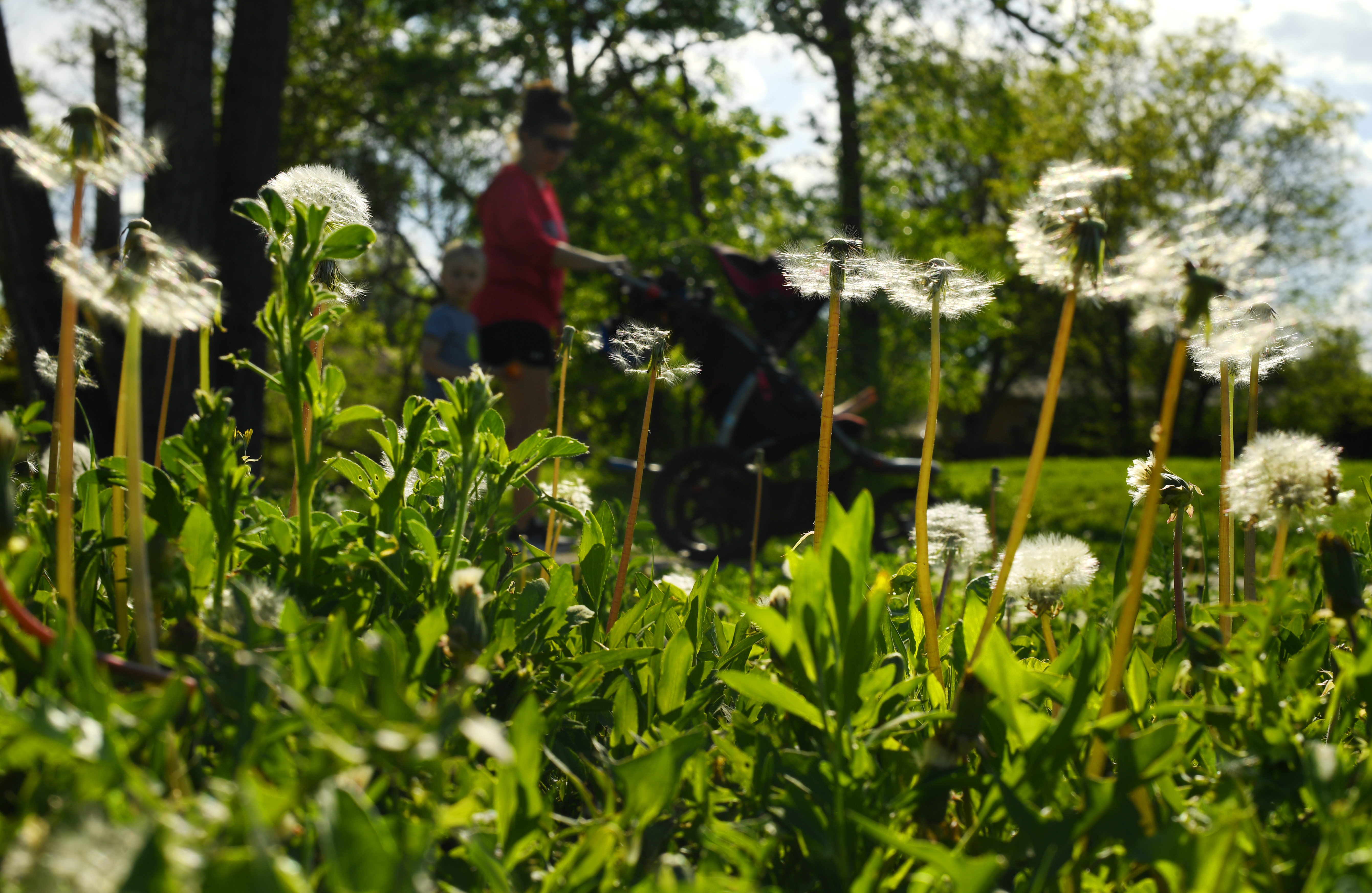If you have seasonal allergies, you know they can be miserable, with symptoms ranging from sneezing to itchy eyes to even trouble breathing.
Research says landscaping decisions in big cities could be making your symptoms worse. It’s a battle of the sexes involving plants, not people.
“There’s no gender balance in cities anymore,” said horticulturist and author Tom Ogren.
Ogren coined the phrase botanical sexism. He says city planners and urban landscapers prefer to plant male trees over female trees because they’re easier to maintain. The problem is, that may be making your allergies worse.
We're making it easier for you to find stories that matter with our new newsletter — The 4Front. Sign up here and get news that is important for you to your inbox.
“The males produce millions of flowers, and each flower has hundreds of anthers that produce tons of pollen. The female trees produce seeds. They produce no pollen,” he explained.
But female trees do produce fruit and seeds, which litter sidewalks and streets, and that can get messy.
That’s why he says urban areas don’t have many female trees, which means the pollen from male trees isn’t getting absorbed and instead ends up in the air.
“This is what I end up with, botanical sexism, because it does impact allergies and asthma and other diseases as well, because it just increases the pollen count,” Ogren said.
Dr. Troy Baker is an allergist with Kaiser Permanente and said the types of trees and shrubs around us can make a big difference when it comes to our health.
“The wind, pollen, trees such as the oak tree, the peach tree or birch tree are the ones that we tend to suffer from the most,” he said.
“Then you have trees that are more like fruit trees that you have to depend on the pollinators, such as honey bees or insects, to pollinate these flowers. Those don't typically bother us as much,” Baker added.
Ogren said he’s mapped it out and found that tree pollen is particularly bad around public places such as schools, parks and hospitals.
“If you line a street with nothing but male red maples or something, good Lord, you're creating what I would just call a pollen corridor,” he said. “[…] When that thing goes off, it will blow people away.”
More than 50 million Americans suffer from allergies each year, and they are the sixth leading cause of chronic illness in the U.S.
For Ogren, the solution seems simple.
“It's entirely possible to create female versions of all of these trees,” he said. “A female tree doesn't cost one penny more to grow than a male.”
Ogren’s wife had bad allergies and asthma. He said her condition was the catalyst for his research on allergy-friendly plants and trees over the past 30 years.
Through his research, he developed OPALS, the Ogren Plant Allergy Scale. It measures the potential for a plant to cause allergic reactions in people. OPALS has been used by the American Lung Association and the U.S Department of Agriculture.
California recently used the metrics for help with city landscape planning to reduce asthma.



